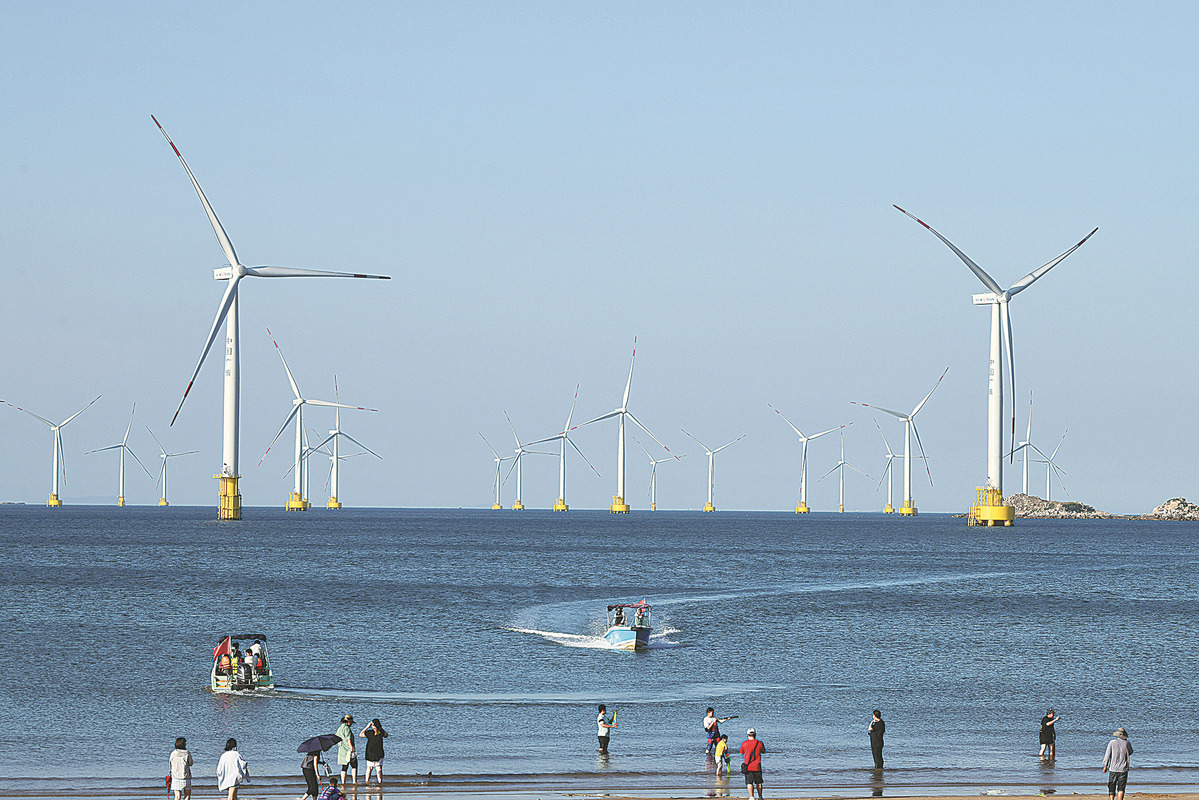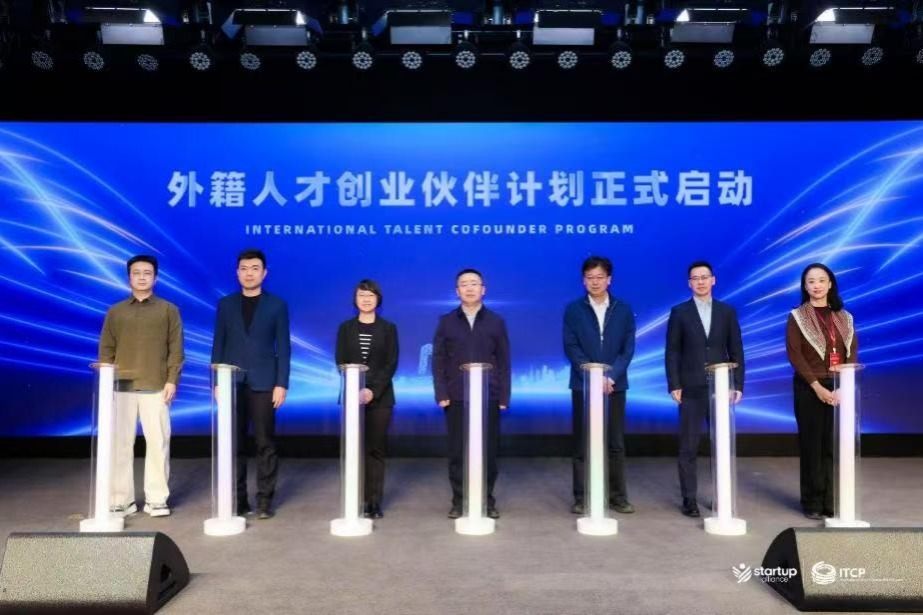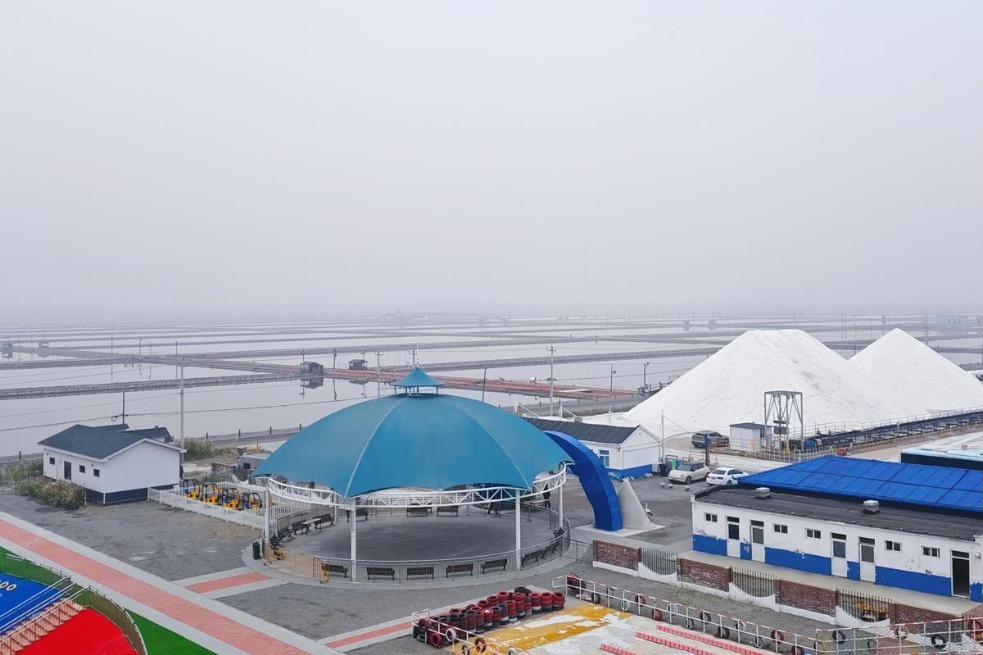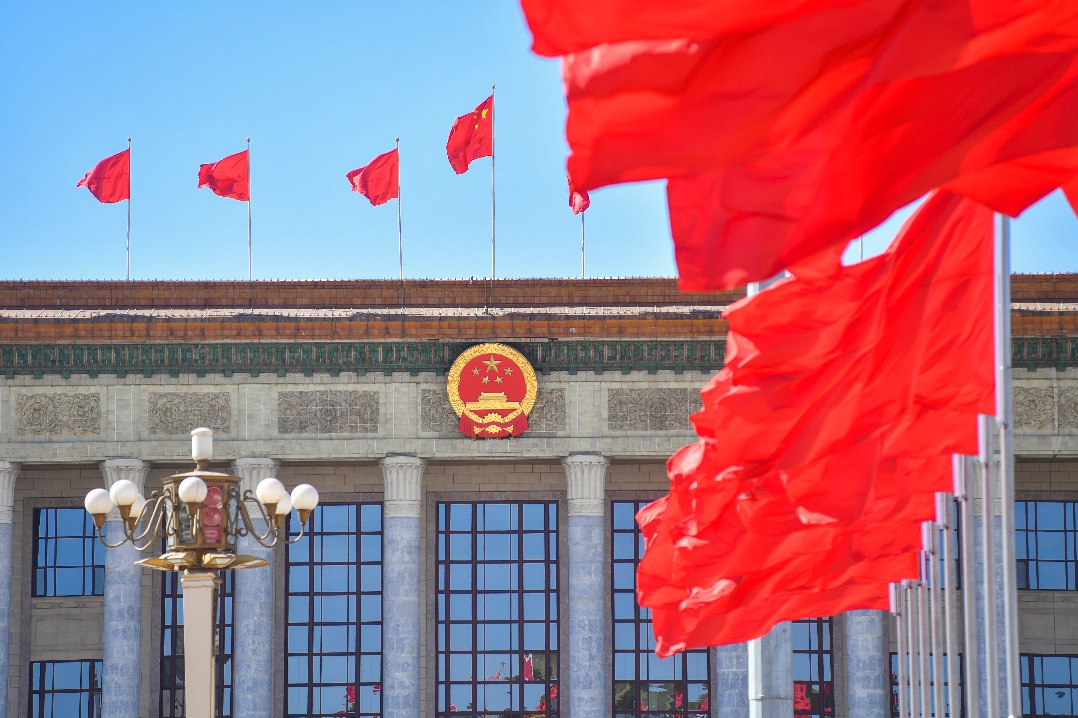Further nurturing of China's carbon trading system urged

Editor's note: China aims to peak its carbon dioxide emissions before 2030 and achieve carbon neutrality before 2060, major goals in a national green transition drive. This series looks at efforts in various sectors to meet the goals.

While the 1-year-old national-level carbon trading system has helped to shape the basic structure of the Chinese carbon market and provide a benchmark for carbon pricing, continued efforts should be made to nurture more active trading and include more participants, experts said.
In the year since carbon trading officially began on July 16 last year, up to 194 million metric tons of carbon emission allowances have been traded, with the total trading value approaching 8.5 billion yuan ($1.23 billion), according to the Ministry of Ecology and Environment. The price of carbon emission allowances closed at 58.24 yuan per ton on July 15, up 14 percent from that on the first trading day.
The national carbon trading market now covers 2,162 companies, all of which are electricity companies.
Stable operation
Li Gao, director of climate change at the Ministry of Ecology and Environment, said that the stable operation of the national-level carbon trading system and the steadily rising prices have helped to shape the basic structure of China's carbon market. Companies have therefore been motivated to reduce greenhouse gas emissions and head for greener transformation at a faster pace, he said, and the trading system has effectively set carbon pricing.
To enrich the financial characteristics of carbon trading, the China Securities Regulatory Commission released industrial standards in mid-April for carbon-related financial products.
More banks have implemented carbon emission rights pledge loans, and financial products linked to the carbon market have begun to emerge.
In August last year, Datang International Power Generation Co's plant in Qitaihe, Heilongjiang province, obtained a 40 million yuan loan from China Minsheng Bank, with the company's carbon emission rights serving as a guarantee. It was the first loan of the kind in China.
One month later, China Datang Carbon Assets Co, a subsidiary of Datang International, teamed up with Postal Savings Bank of China to initiate the carbon asset pledge management model with which the Qitaihe power plant was granted another 20-million-yuan pledge loan based on carbon emission allowances.
Hong Shaobin, marketing director of Datang International, said carbon emission allowances are a green asset whose value is easy to assess, and they entail fewer risks and convert to cash more conveniently.
- CNS Fujian's home base is the Sanya Military Port, the Chinese Navy says
- Xi urges deepening reform, opening-up during Guangdong inspection tour
- Xi attends carrier's commissioning
- Xi inspects Meizhou in South China's Guangdong
- Senior Xi'an official facing probe by China's anti-corruption watchdogs
- Philippines risks creating trouble for itself: China's defense ministry




































